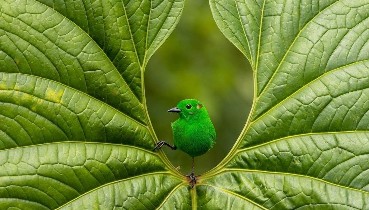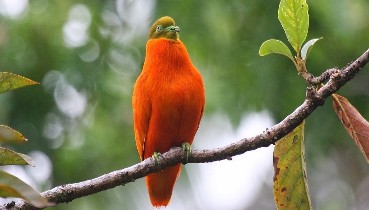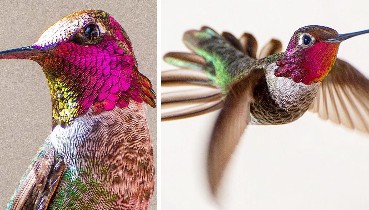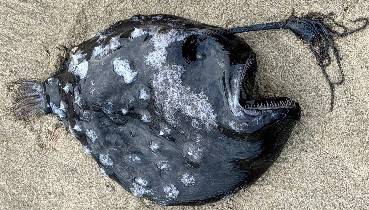

Meymand Village: 12,000-Year-Old Cave Village
Meymand is a 12,000-year-old cave village with a population of 105 people in 44 households in Kirman, Iran. The village site has been continuously inhabited for around 3,000 years, making it one of Iran’s oldest villages. Nevertheless, there is evidence of much earlier residence at the site such as almost 10,000-year-old engravings and the nearly 6,000 years old deposits of pottery.

Maymand was a Zoroastrian settlement during the pre-Islamic era. The existence of an Atash-Kadeh, a fire temple, also indicates that the ancient inhabitants also worshipped Mithraism. Therefore, the original inhabitants probably placed their dead in crypts carved into the mountainside. Accordingly, the site contains a 400 square meter complex of 15 circular units where bones and personal belongings have been found, indicating that it was one of these ancient crypts or an ossuary.

There are currently around 2,500 carved rooms in Meymand, and only %20 of them are occupied.

There have been two theories regarding the origin of Meymand village. The first one suggests that a group of Aryan tribes founded the village for religious purposes around 800 BC because mountains were sacred for these worshippers of Mithra. According to the second theory, the village dates back to the 2nd or 3rd century AD. During the Arsacid era, different tribes of southern Kirman migrated in various directions and settled upon finding a suitable area. The existence of a fortress near the village suggests that Meymand was one of these villages. Additionally, the fortress contained over 150 ossuaries from the Sassanid period.

Life in Meymand is highly challenging due to the aridity of the land and harsh weather conditions. The village’s main water source is the two underground qanats that bring water down from the surrounding hills. Local vegetation consists of hardy plants such as pistachios and almond trees. Today, the villagers live off agriculture, animal husbandry, carpet weaving, and tourism. Meymand village has been a UNESCO World Heritage Site since 2015.








Recommended Videos
 Rihanna gives birth: See all 31 of her pregnancy outfits10991 views
Rihanna gives birth: See all 31 of her pregnancy outfits10991 views See Ten Stunning Images From the Bird Photographer of the Year Awards206 views
See Ten Stunning Images From the Bird Photographer of the Year Awards206 views-
Advertisements
 Most Bizarre Pigeon Breeds29731 views
Most Bizarre Pigeon Breeds29731 views Falcon Attacks a Much Larger Pelican in a Series of Spectacular Photos551 views
Falcon Attacks a Much Larger Pelican in a Series of Spectacular Photos551 views Disgusting Picture of Fly’s Head Infected with Parasitic Fungus will Fuel Your Nightmares59 views
Disgusting Picture of Fly’s Head Infected with Parasitic Fungus will Fuel Your Nightmares59 views 143 Of The Most Charming And Cute Spider Pics The Internet Has To Offer142 views
143 Of The Most Charming And Cute Spider Pics The Internet Has To Offer142 views This Instagrammer Captures The Tiny Beauty Of Hummingbirds In Her Backyard113 views
This Instagrammer Captures The Tiny Beauty Of Hummingbirds In Her Backyard113 views Japanese Artist Gaku Uses Fruits And Vegetables To Create Intricate Food Art84 views
Japanese Artist Gaku Uses Fruits And Vegetables To Create Intricate Food Art84 views
You may also like
 Orchid mantis (Hymenopus coronatus)
Orchid mantis (Hymenopus coronatus)  Rare and ‘unusual’ deep-sea anglerfish washes up on Oregon beach for first time ever
Rare and ‘unusual’ deep-sea anglerfish washes up on Oregon beach for first time ever  The fire-tufted barbet (Psilopogon pyrolophus) is a species of bird in the Asian barbet family Megalaimidae.
The fire-tufted barbet (Psilopogon pyrolophus) is a species of bird in the Asian barbet family Megalaimidae.  Photographer Finds Locations Of 1960s Postcards To See How They Look Today, And The Difference Is Unbelievable
Photographer Finds Locations Of 1960s Postcards To See How They Look Today, And The Difference Is Unbelievable